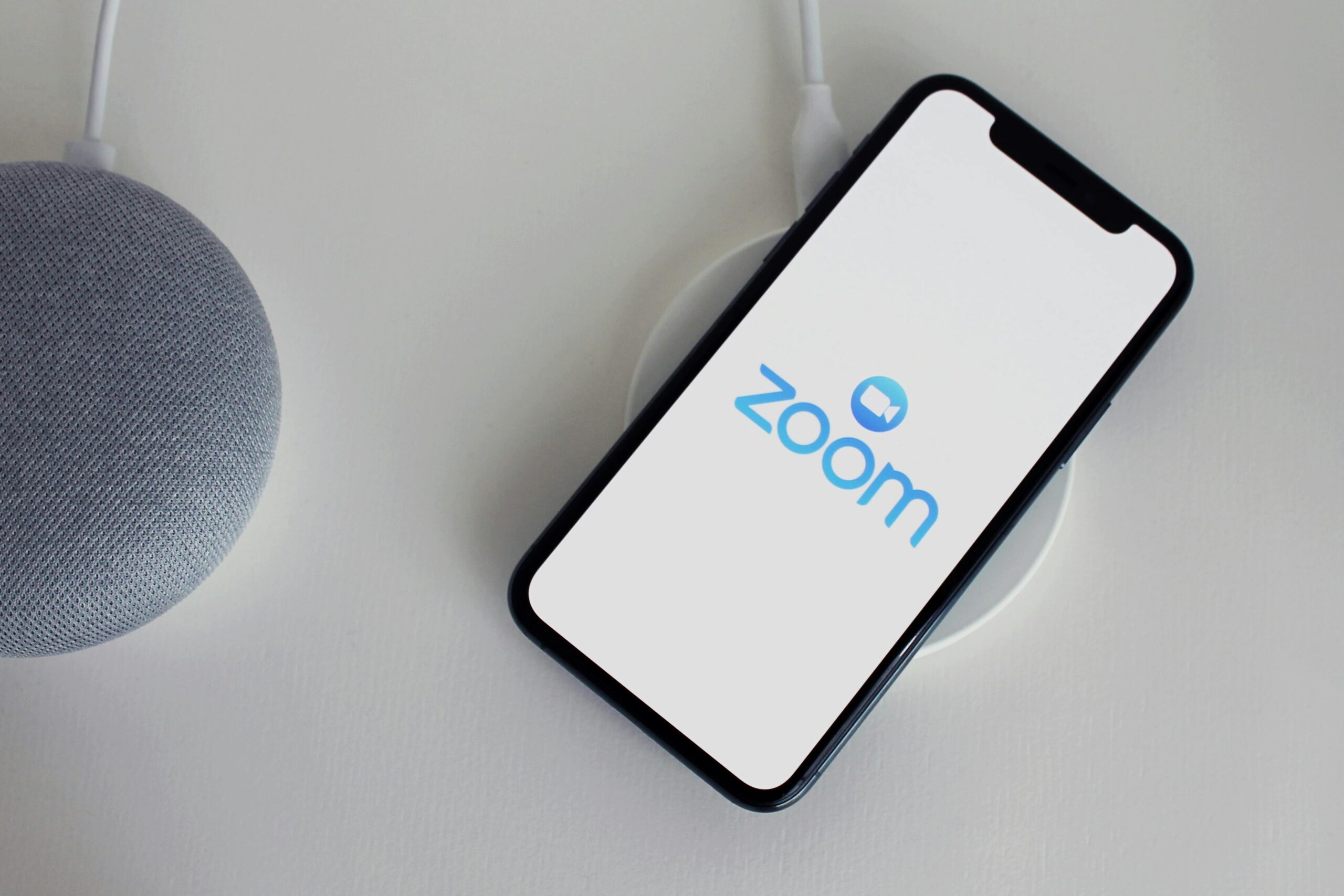A UCLA comparative literature course is taking a high-tech turn this winter.
Starting in 2025, students diving into literature from the Middle Ages to the 17th century will encounter AI-generated materials courtesy of Kudu, a textbook platform created by UCLA professor Alexander Kusenko.
The course, led by Professor Zrinka Stahuljak, is the first in UCLA’s Humanities Division to use this advanced tool, according to the university.
Kudu is designed to ease the workload for instructors while enhancing the student experience. For this course, it produced a digital textbook, homework assignments, and teaching assistant resources based on materials provided by Stahuljak. She contributed notes, PowerPoint slides, and videos, which Kudu transformed into a cohesive learning package. The textbook costs $25 and can be updated mid-quarter if students need more context on specific topics.
Stahuljak is enthusiastic about how this system shifts her role in the classroom. “Normally, I’d spend time providing historical context during lectures. Now, that’s covered in the textbook. I can work directly with students on critical analysis and interpretation,” she explained. Teaching assistants will also have more bandwidth to focus on helping students with writing assignments, a key area often underserved in large classes.
A Closed-Loop AI System
Kudu stands out from tools like ChatGPT by operating in a closed-loop system. It answers student questions using only the materials uploaded by the professor, offering a safe, targeted way to enhance understanding. The system anonymizes queries, encouraging students to ask questions they might hesitate to bring up in class. It also flags assignments with a high percentage of AI-generated content, giving educators a way to address academic integrity concerns.
This isn’t Kudu’s first appearance at UCLA. Originally developed for science courses, the platform has gradually expanded into the social sciences and now the humanities. It was previously used in an introductory history course led by Professor Stefania Tutino, showcasing its adaptability across disciplines.
Streamlining the Humanities
One of Kudu’s standout features is its ability to ensure consistency. By organizing teaching materials into a single resource, the platform allows other instructors to seamlessly take over the course while maintaining the same quality of instruction. This also benefits students across different discussion sections, ensuring uniformity in their learning experience.
Elizabeth Landers, a UCLA doctoral candidate who managed the development process, highlighted the shift Kudu brings to general education courses. Instead of overwhelming students with facts, the system focuses on helping them explore themes and develop critical thinking skills.
Stahuljak plans to expand Kudu’s use to other classes, aiming to teach core skills like analysis and critical reading more effectively. For her, the platform is about freeing educators to focus on what they do best—guiding students through deeper, more meaningful learning experiences.
Kudu’s journey from STEM to the humanities signals how AI is reshaping the classroom, making high-quality education more accessible, consistent, and interactive.










